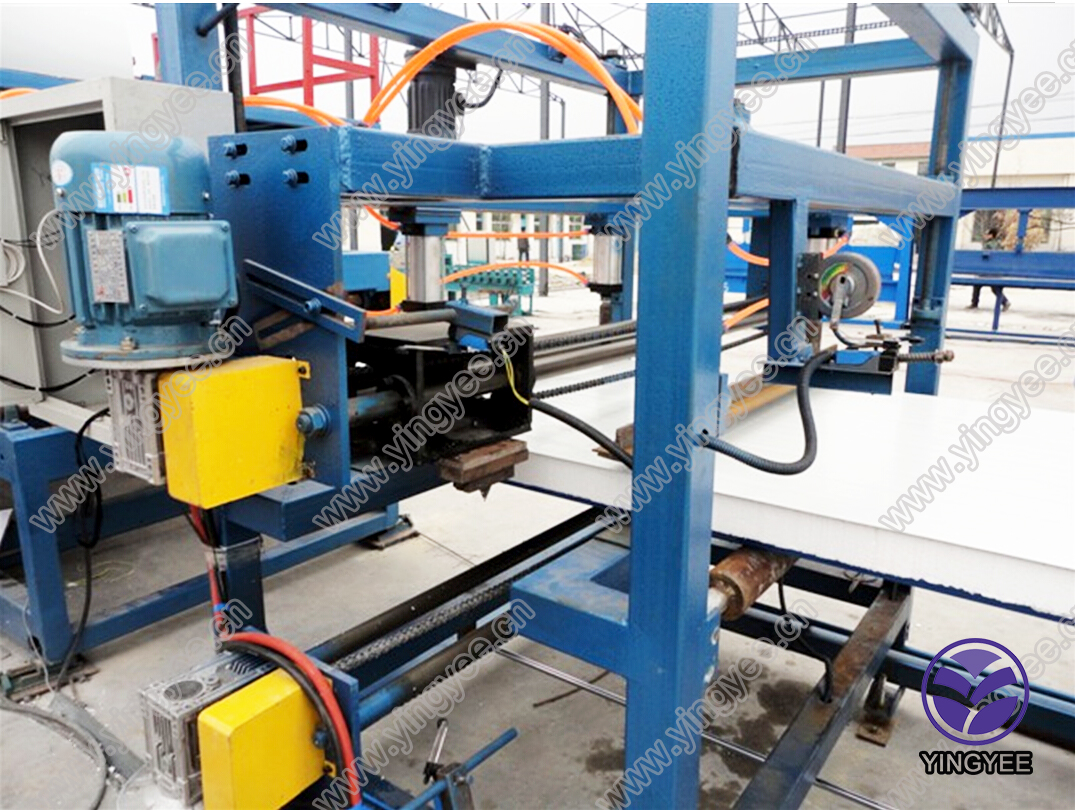
Understanding Wall Angle Furring A Key Component in Construction
In construction and interior design, achieving a polished and professional finish is crucial for both aesthetic and structural integrity. One element that plays a significant role in this process is wall angle furring. This article will delve into what wall angle furring is, its purposes, benefits, and installation methods.
What is Wall Angle Furring?
Wall angle furring refers to the thin strips or channels—typically made from metal or wood—installed on walls or ceilings. These strips serve several functions, primarily creating a level surface for the installation of drywall or other materials. Furring is the process of adding these strips to an existing framework or to an irregular surface to help bridge gaps or inconsistencies.
In the context of wall angles, furring typically involves installing tracks or angles where drywall panels will be attached. This installation ensures the panels are securely mounted and provides an even plane across the walls, preventing bowing or warping.
Purpose of Wall Angle Furring
The primary purpose of wall angle furring is to prepare the surface for finishing elements such as drywall. However, its benefits extend beyond mere aesthetics
1. Leveling Surfaces Many walls are not perfectly flat, especially in older buildings. Furring allows for adjustments to be made, providing a level and smooth surface for mounting drywall.
2. Moisture Management In areas prone to moisture, such as basements, furring helps create a gap between the wall and drywall material, allowing for better ventilation and reducing the risk of mold growth.
3. Electrical and Plumbing Integration Furring can create space for electrical wiring or plumbing fixtures behind the finished wall, facilitating easier access for maintenance in the future.
4. Soundproofing By incorporating insulation into the furring channels, builders can improve soundproofing in living or working spaces, creating a more comfortable environment.
5. Aesthetic Enhancement Finally, furring can enhance the overall design of a room by providing a clean and structured look, particularly when combined with crown molding or other architectural details.
Benefits of Wall Angle Furring
The use of wall angle furring in construction comes with numerous advantages

- Increased Durability By properly furring a wall, the overall structural integrity is enhanced, reducing the likelihood of damage from shifts or environmental factors.
- Improved Energy Efficiency Adequately placed furring can facilitate insulation installation, leading to better energy efficiency and lower utility bills.
- Flexible Design Options Furring provides the opportunity to create designs that incorporate varying levels or unique architectural features that wouldn’t be possible on a flat surface.
- Ease of Installation Wall furring simplifies the installation process. With a properly installed furring system, less time is spent on site ensuring everything aligns, leading to faster project completion.
Installation Methods
Installing wall angle furring is a relatively straightforward process, although it does require some planning and precision. Here are the general steps involved
1. Assessment Before installation begins, it’s essential to assess the existing wall condition. Identify any bowing or major imperfections that need to be addressed.
2. Material Selection Choose the appropriate furring material—metal, wood, or fasteners—based on the environment and material to be attached.
3. Installation of Furring Strips Furring strips are typically installed horizontally or vertically, depending on the layout of the intended drywall. They should be attached securely to the existing wall structure using screws or anchors.
4. Checking Levels Regularly check the levels of the installed furring to ensure a consistent plane for the drywall.
5. Drywall Installation Once the furring is in place, drywall can be attached seamlessly, providing a flat surface for finishing touches such as paint or wallpaper.
Conclusion
Wall angle furring is a vital process in modern construction that enhances both the aesthetics and functionality of buildings. By providing a level surface, improving moisture management, facilitating electrical integration, and enhancing soundproofing, it proves to be beneficial in various applications. Understanding the advantages and installation methods of wall angle furring can empower builders and homeowners alike in making informed decisions for their construction and renovation projects. As with any construction project, proper execution results in a solid foundation for future design elements, leading to a successful and satisfying outcome.